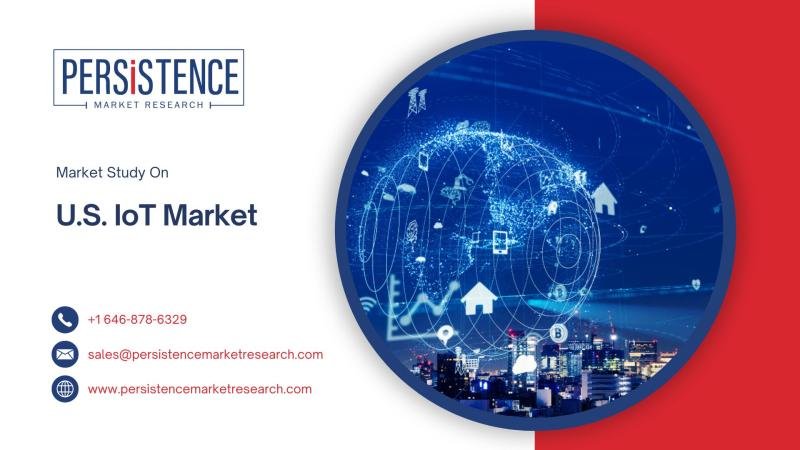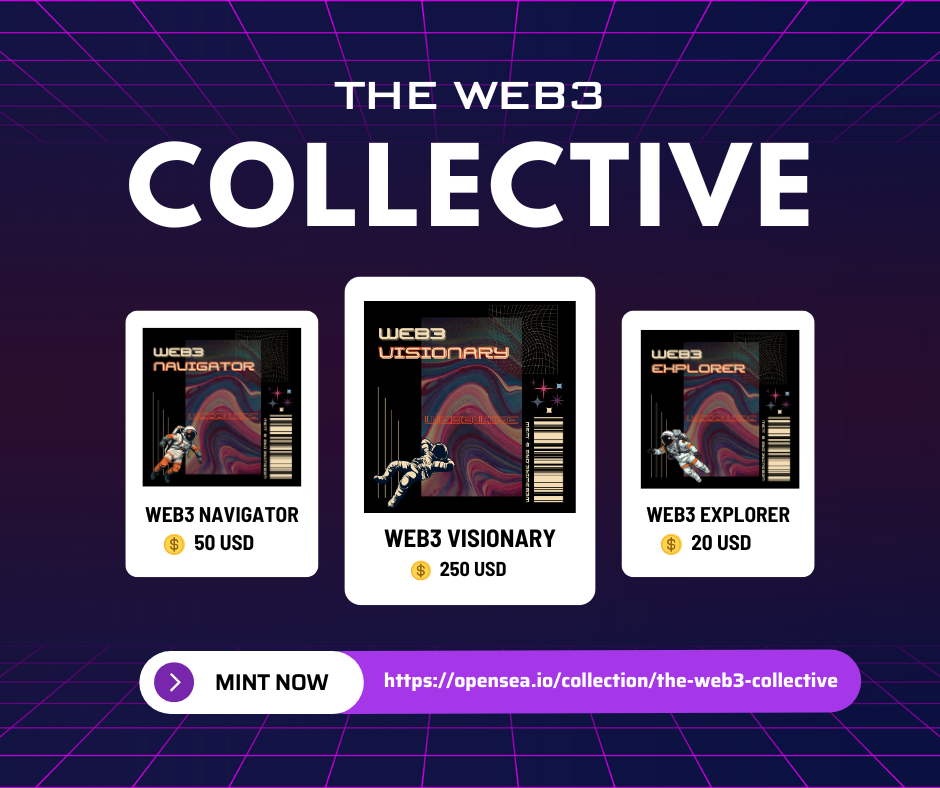The Internet of Things (IoT) is rapidly transforming industries across the globe, and the United States is at the forefront of this technological revolution. The U.S. IoT market is expected to surge to an impressive US$ 270.28 billion by 2033, growing at a compound annual growth rate (CAGR) of 15.6% during the forecast period. This rapid growth is propelled by increasing consumer demand for connected devices, innovations in smart technologies, and advancements in data analytics. The following article delves into the key trends, growth drivers, market segmentation, and forecasts driving the U.S. IoT market, providing an in-depth analysis of this exciting and fast-evolving sector.
Overview of the U.S. IoT Market
The IoT market in the United States is experiencing robust growth, driven by advancements in technology and increased adoption across various sectors. The IoT ecosystem consists of connected devices, data transmission systems, and cloud-based platforms that enable seamless communication and automation. Businesses, consumers, and governments are all leveraging IoT solutions for increased efficiency, improved decision-making, and enhanced user experiences. From smart homes and wearable technologies to connected vehicles and industrial automation, IoT applications are broadening the scope of connectivity and innovation in the U.S.
Get a Sample PDF Brochure of the Report (Use Corporate Email ID for a Quick Response): www.persistencemarketresearch.com/samples/33472
Market statistics show that the U.S. IoT market is expected to grow significantly, reaching US$ 270.28 billion by 2033. This growth is fueled by several key factors, such as the growing adoption of 5G networks, advancements in artificial intelligence (AI), and the increasing demand for automation and real-time data analytics. Among the leading sectors driving this growth are the consumer electronics, healthcare, automotive, and manufacturing industries. With these trends gaining momentum, the market is poised for rapid expansion throughout the forecast period.
Key Highlights from the Report
➤ The U.S. IoT market is projected to reach US$ 270.28 billion by 2033.
➤ The market is expected to grow at a CAGR of 15.6% from 2023 to 2033.
➤ Consumer electronics and healthcare are the leading sectors driving market growth.
➤ The growing adoption of 5G technologies is a key factor propelling IoT growth.
➤ North America is the largest regional market for IoT.
➤ The increasing focus on automation in manufacturing is creating new IoT opportunities.
Market Segmentation
The U.S. IoT market can be segmented based on product type, end-user industries, and deployment models, among others. Product types range from smart sensors, wearables, and connected home devices to industrial IoT (IIoT) solutions. Each of these categories is experiencing substantial growth, with smart sensors and wearables being the fastest-growing segments. The rise of the Internet of Medical Things (IoMT) has also gained significant attention, especially with the growing adoption of connected healthcare devices for remote patient monitoring and diagnosis.
End-user segmentation reveals that the major contributors to market growth include the healthcare, manufacturing, automotive, and consumer electronics sectors. In the healthcare sector, IoT devices are increasingly being used for patient monitoring, health tracking, and smart medical equipment. In the automotive sector, IoT applications are improving vehicle connectivity, navigation systems, and autonomous driving technologies. The manufacturing industry is utilizing IoT to optimize supply chains, enhance productivity, and enable predictive maintenance.
Regional Insights
North America holds the largest share of the U.S. IoT market, driven by high demand for connected devices, strong infrastructure, and continuous technological advancements. The United States, as a leader in technology innovation, benefits from a highly developed digital infrastructure and widespread adoption of IoT across industries. This region’s dominance is also attributed to the growing deployment of 5G networks, which offer faster data transfer and more reliable connectivity for IoT devices.
On the other hand, the U.S. is closely followed by Europe, where IoT adoption is gaining traction across various verticals such as manufacturing and automotive. The shift towards smart cities, along with the push for sustainability and energy efficiency, is accelerating the implementation of IoT technologies. Additionally, Asia-Pacific is emerging as a key region for IoT growth, with countries like China and India investing heavily in smart city initiatives, industrial IoT, and connected devices.
Market Drivers
Several key factors are driving the growth of the U.S. IoT market. The first and most significant driver is the adoption of 5G technology. 5G networks enable faster and more reliable connectivity, making it possible for devices to communicate with each other in real time. This network upgrade is essential for industries relying on IoT, such as healthcare, automotive, and manufacturing, where low-latency communication is critical for effective decision-making.
Another major driver is the increasing need for automation and smart technology solutions. IoT devices allow for remote monitoring, predictive maintenance, and process optimization, providing significant operational efficiencies. In the healthcare sector, IoT devices are helping doctors monitor patients’ health remotely, reducing hospital readmission rates, and improving overall patient care. As businesses seek to streamline operations and reduce costs, IoT becomes a key enabler of automation.
Market Restraints
Despite its rapid growth, the U.S. IoT market faces several challenges that could hinder its expansion. One of the main restraints is security and privacy concerns. As IoT devices collect vast amounts of data, including sensitive personal and corporate information, the risk of data breaches becomes a major concern. Cyberattacks targeting IoT devices could lead to significant financial losses, regulatory penalties, and a loss of customer trust.
Additionally, the lack of standardization across IoT devices and platforms presents a challenge. Interoperability between different IoT systems is often limited, making it difficult for businesses to implement comprehensive solutions. This lack of compatibility could slow down adoption, especially in sectors where seamless integration is crucial.
Market Opportunities
The U.S. IoT market presents numerous opportunities for growth and innovation. One of the most promising opportunities is in the healthcare sector, particularly the growing field of telemedicine and remote patient monitoring. The rise of IoMT (Internet of Medical Things) devices offers significant potential for improving healthcare delivery, especially in underserved and rural areas. As the population ages and healthcare demands increase, IoT solutions will become a critical component of providing affordable and efficient healthcare services.
Another significant opportunity lies in the smart city initiatives across the U.S. Urban centers are adopting IoT technologies to improve infrastructure, enhance public services, and promote sustainability. IoT applications in transportation, waste management, energy efficiency, and public safety offer potential for new business models and increased investment in smart city projects.
Reasons to Buy the Report
☑ Comprehensive analysis of market trends, growth drivers, and potential restraints.
☑ Insight into the key segments and their contribution to overall market growth.
☑ In-depth regional analysis, providing a clear understanding of market dynamics across regions.
☑ Key player analysis with recent developments, partnerships, and market strategies.
☑ A forecast of market growth and emerging opportunities for stakeholders.
Get a Sample PDF Brochure of the Report (Use Corporate Email ID for a Quick Response): www.persistencemarketresearch.com/samples/33472
Company Insights
The U.S. IoT market features several prominent players that are pioneering innovations in IoT solutions. Some of the key players include:
✦ Cisco Systems, Inc.
✦ IBM Corporation
✦ Intel Corporation
✦ Microsoft Corporation
✦ Amazon Web Services (AWS)
✦ Google Inc.
Recent Developments
■ Cisco Systems has recently launched a new IoT solution aimed at improving industrial automation.
■ Amazon Web Services (AWS) has expanded its IoT offerings with enhanced cloud-based solutions for enterprise applications.
Conclusion
The U.S. IoT market is set to experience remarkable growth over the next decade, driven by technological advancements, increasing adoption across various industries, and the continued rise of 5G connectivity. With major opportunities in healthcare, manufacturing, and smart city initiatives, the market is poised for exciting developments. However, businesses must be mindful of challenges such as security concerns and the need for standardized solutions. The future of IoT in the U.S. looks promising, offering both opportunities and challenges for stakeholders across the value chain.
Contact Us:
Persistence Market Research
G04 Golden Mile House, Clayponds Lane
Brentford, London, TW8 0GU UK
USA Phone: +1 646-878-6329
UK Phone: +44 203-837-5656
Email: sales@persistencemarketresearch.com
Web: https://www.persistencemarketresearch.com
About Persistence Market Research:
At Persistence Market Research, we specialize in creating research studies that serve as strategic tools for driving business growth. Established as a proprietary firm in 2012, we have evolved into a registered company in England and Wales in 2023 under the name Persistence Research & Consultancy Services Ltd. With a solid foundation, we have completed over 3600 custom and syndicate market research projects, and delivered more than 2700 projects for other leading market research companies’ clients.
Our approach combines traditional market research methods with modern tools to offer comprehensive research solutions. With a decade of experience, we pride ourselves on deriving actionable insights from data to help businesses stay ahead of the competition. Our client base spans multinational corporations, leading consulting firms, investment funds, and government departments. A significant portion of our sales comes from repeat clients, a testament to the value and trust we’ve built over the years.
This release was published on openPR.
















